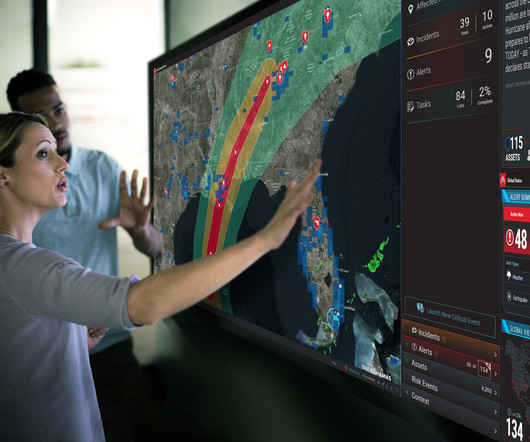Risk Assessment vs Risk Analysis
Reciprocity
APRIL 4, 2022
A risk analysis is conducted for each identified risk, and security controls are pinpointed to mitigate or avoid these threats. Various types of hazards must be considered. After identifying hazards and risks, consider how they are harmful and the possible outcomes. Economic risk. Operational risk. Third-party risk.
















Let's personalize your content